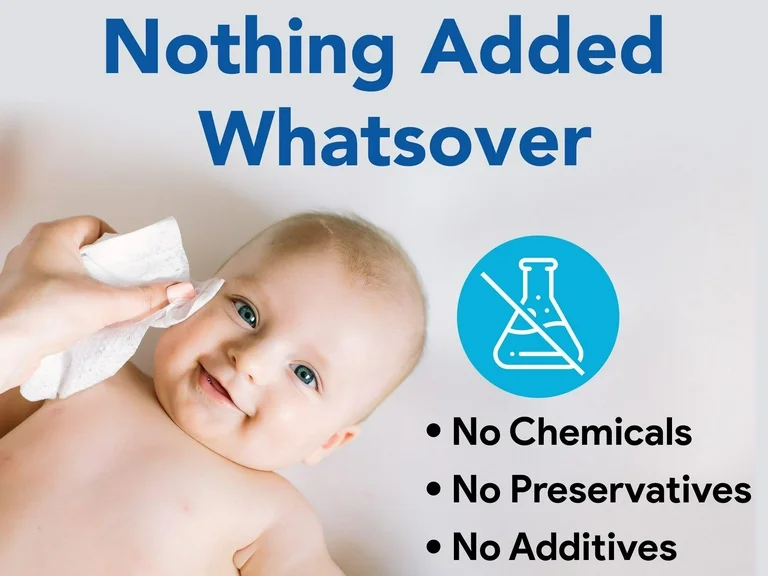
Preservatives in wet wipes have always been a point of controversy. As consumer awareness grows, manufacturers are under increasing pressure to use gentler, safer, and more effective preservative systems. Technological advancements have indeed introduced new raw materials with preservative-like effects, offering an alternative to traditional preservatives. However, some brands take advantage of this progress by labeling their products as having “no added preservatives” to attract health-conscious consumers.
In reality, there is no unified global standard—either industry-wide or regulatory—to clearly define or measure the term "no added preservatives" in products like wipes liquid. The phrase is largely a marketing tool, rather than a scientifically enforceable claim.
What Does “No Added Preservatives” Really Mean?
According to EU guidelines and the EU Cosmetics Directive 76/768, a more accurate interpretation of "no added preservatives" should be: the product does not include raw materials added solely for their preservative functions during production and sales. This includes not only substances officially listed as preservatives, but also ingredients added for other purposes (e.g., as solvents, humectants, or emollients) that happen to exhibit preservative activity.
Common Raw Materials With Antiseptic Effects (Used in Wipes Liquid)
Many of these multi-functional ingredients are used in wipes liquid formulas, and while not labeled as preservatives, they serve a similar purpose. Here are some examples:
01. Polyols
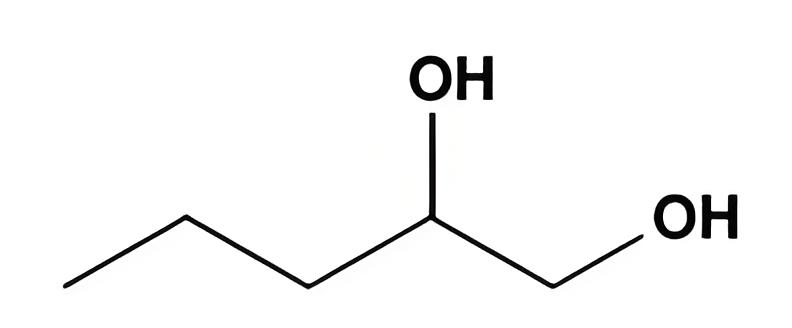
These are common multifunctional agents that offer moisturizing and antibacterial benefits:
·
1,2-Pentanediol (INCI: Pentylene Glycol)
·
1,2-Hexanediol (INCI: 1,2-Hexanediol)
·
Caprylyl Glycol (INCI: Caprylyl Glycol)
·
Decanediol (INCI: Decylene Glycol)
·
Ethylhexylglycerin (INCI: Ethylhexylglycerin)
·
Polyols disrupt microbial cell membranes, impairing their ability to reproduce. However, their efficacy and side effects vary:
·
1,2-Pentanediol and 1,2-Hexanediol may cause stickiness at high concentrations.
·
Caprylyl Glycol may cause tingling sensations, especially in sensitive skin, unless balanced by other agents.
·
Decanediol has weak antibacterial properties but is synergistic with traditional preservatives.
·
Ethylhexylglycerin affects bacteria by lowering the surface tension of microbial membranes and often works alongside other preservatives.
·
These are frequently present in wipes liquid, helping to extend shelf life while not being officially categorized as preservatives.
02. Parahydroxyacetophenone
· 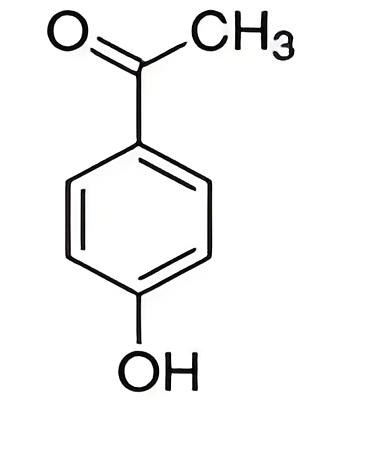
INCI: Hydroxyacetophenone
·
A multifunctional agent with antioxidant, anti-irritation, and antiseptic properties.
·
Often used in wipes liquid formulations to enhance the efficacy of other preservatives.
·
Caution: Potential incompatibility with proteins may cause discoloration.
·
03. Caprylhydroxamic Acid

INCI: Caprylhydroxamic Acid
·
Works by limiting iron availability, which inhibits mold growth.
·
Most effective in neutral or mildly acidic environments, ideal for wipes liquid.
·
Requires chelating agents (e.g., EDTA) to maintain stability.
·
04. Plant Extracts
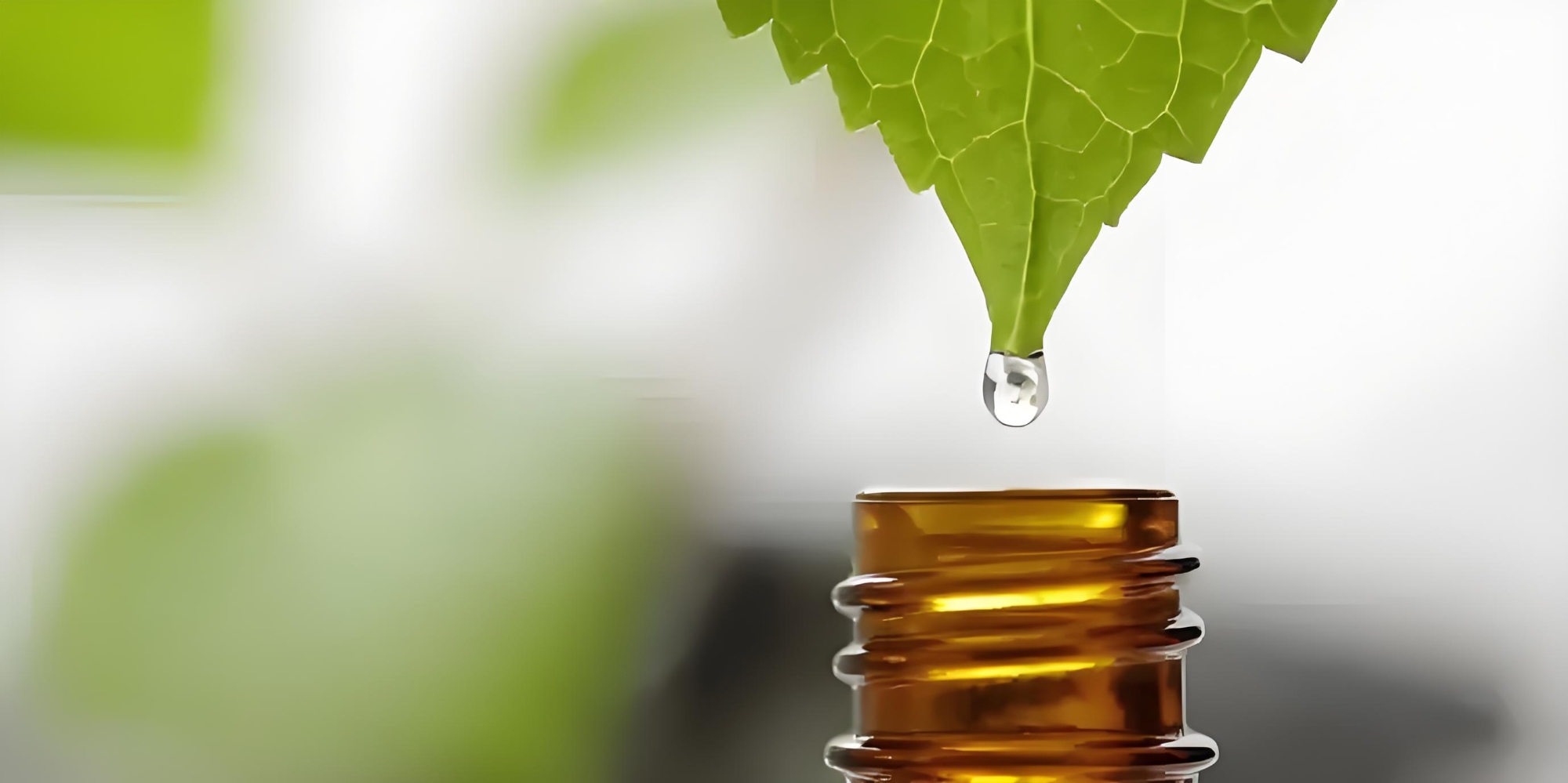
Natural alternatives promoted for their antimicrobial effects. Examples:
·
Scutellaria root extract, Artemisia argyi, Lactobacillus ferment, etc.
·
·
Commercial blends: SEC-CP, NataPres, EURO-NApre
·
Challenges:
·
Weaker than traditional preservatives
·
Stability issues due to inconsistent pH across batches
·
Prone to compatibility problems and color changes in formulations
·
These ingredients are becoming increasingly popular in natural wipes liquid products, but their limitations must be clearly understood.
Other Functional Antiseptics
·
Sorbitan Octanoate
·
p-Anisic Acid
·
Chitosan – works by chelating key metal ions, thus inhibiting microbial growth.
·
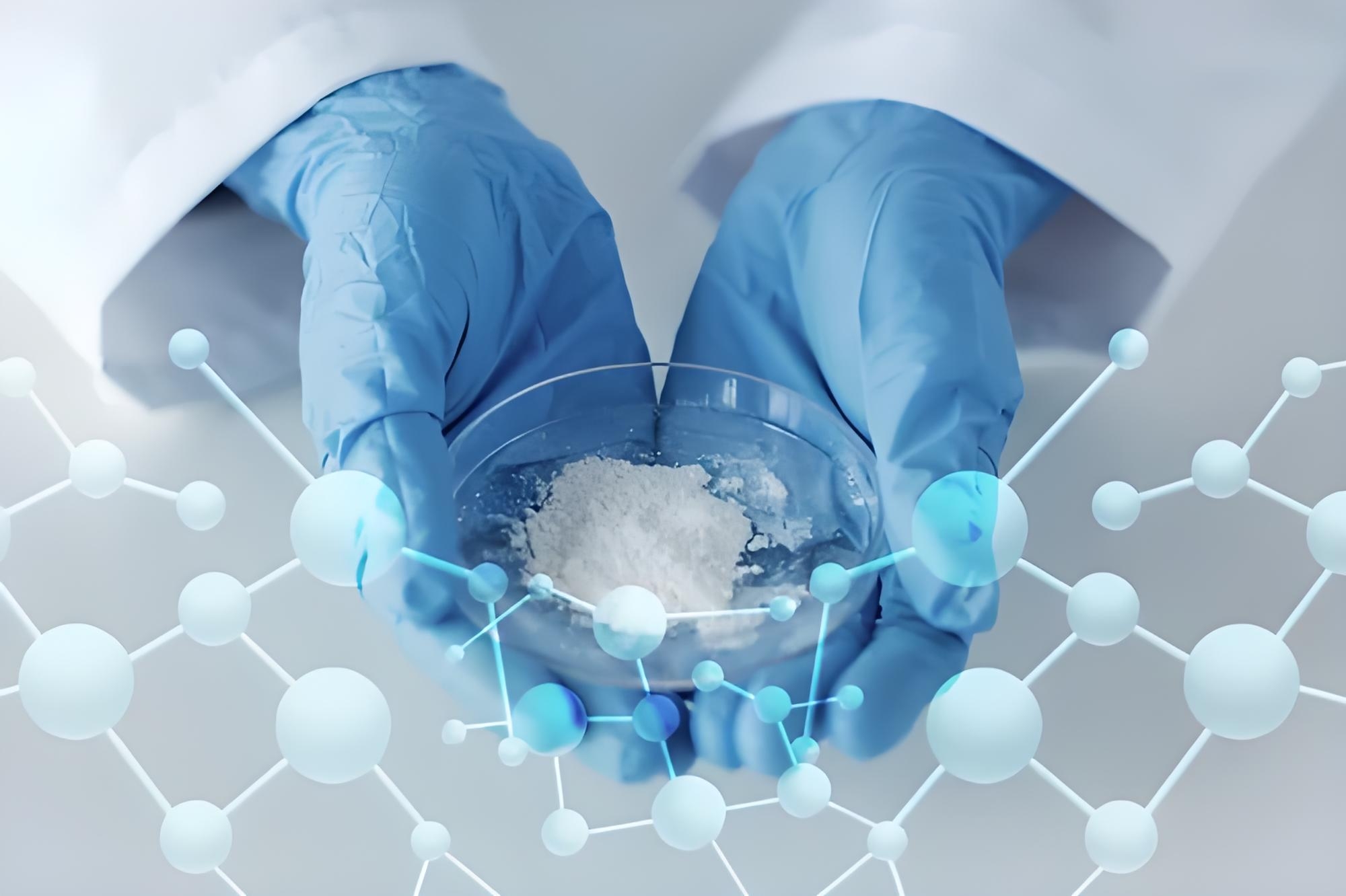
Key Takeaway for Consumers and Manufacturers
Preservatives are not defined solely by regulatory labels. Any substance that inhibits microbial growth, including many found in wipes liquid, plays a preservative role—regardless of how it's labeled.
Using “no added preservatives” as a marketing hook—while still including polyols, chelating agents, or natural extracts that perform preservative functions—is misleading. It blurs the line between transparency and deception.
For manufacturers, making such claims without full disclosure is not just unethical—it risks long-term trust. Regulatory frameworks may eventually catch up, but until then, responsible formulation and honest labeling are vital.
Final Thought: Whether it’s a classic preservative or a dual-function ingredient in a wipes liquid, the goal remains the same: to ensure safety, prevent contamination, and maintain product stability. It’s time we shifted from buzzwords to clarity—for the benefit of both consumers and the industry.






 English
English
 USA
USA
 西班牙语
西班牙语
 俄罗斯
俄罗斯
 葡萄牙
葡萄牙
 印尼
印尼
 巴基斯坦
巴基斯坦
 尼日利亚
尼日利亚
 孟加拉
孟加拉
 墨西哥
墨西哥
 越南
越南
 日本
日本
 韩国
韩国

